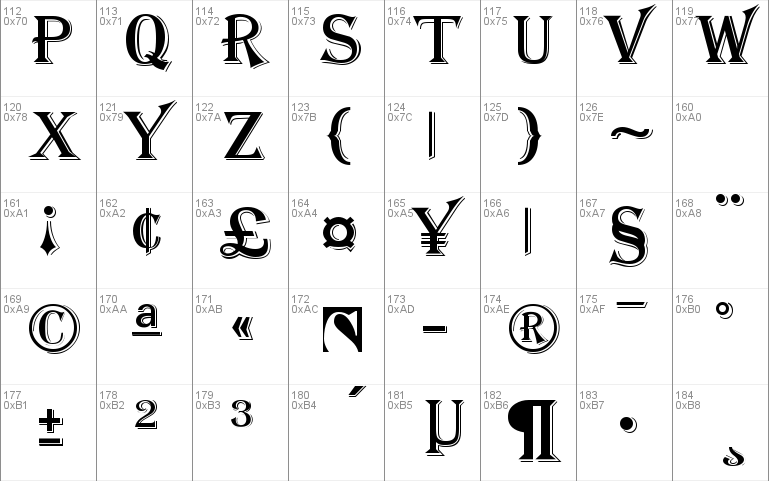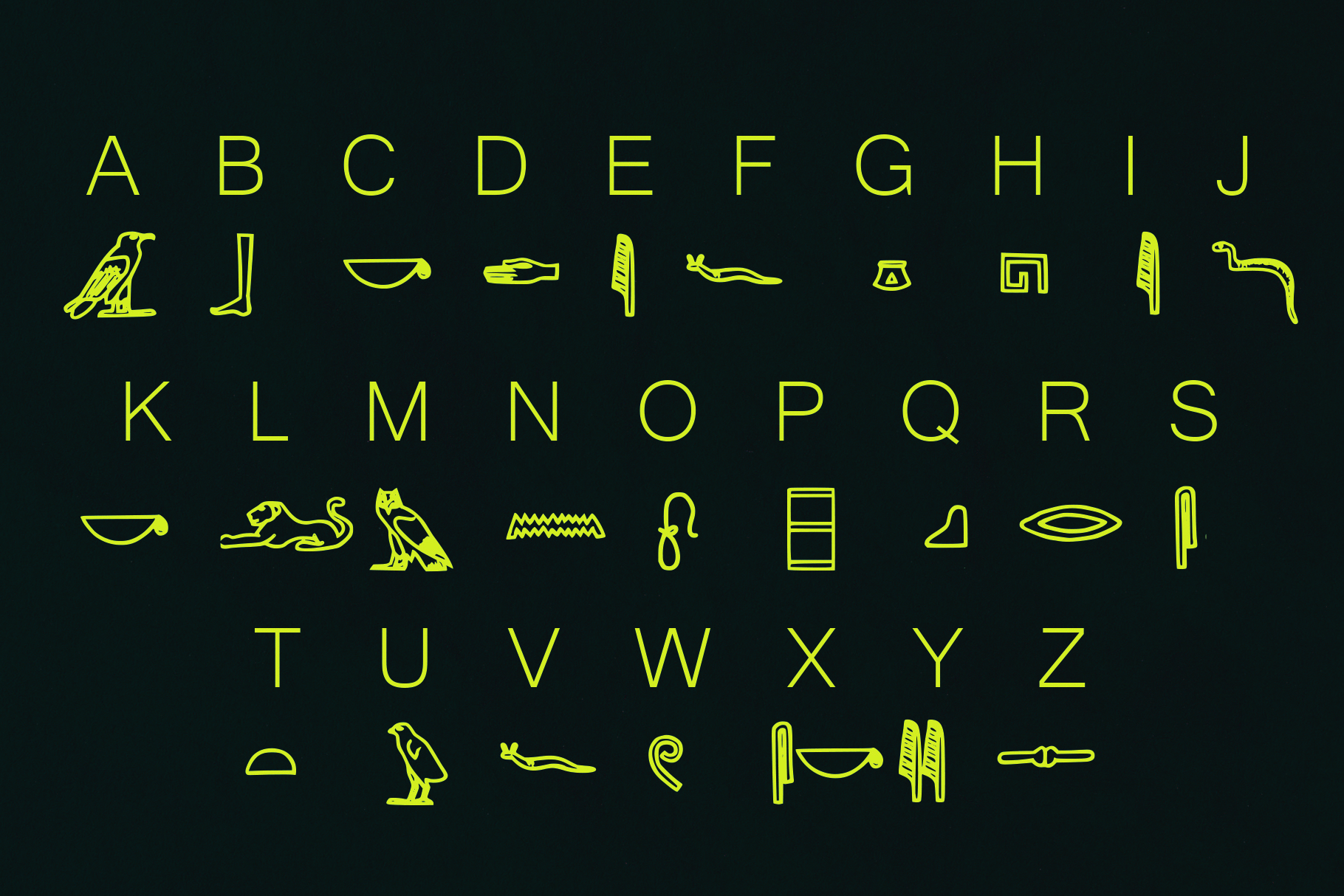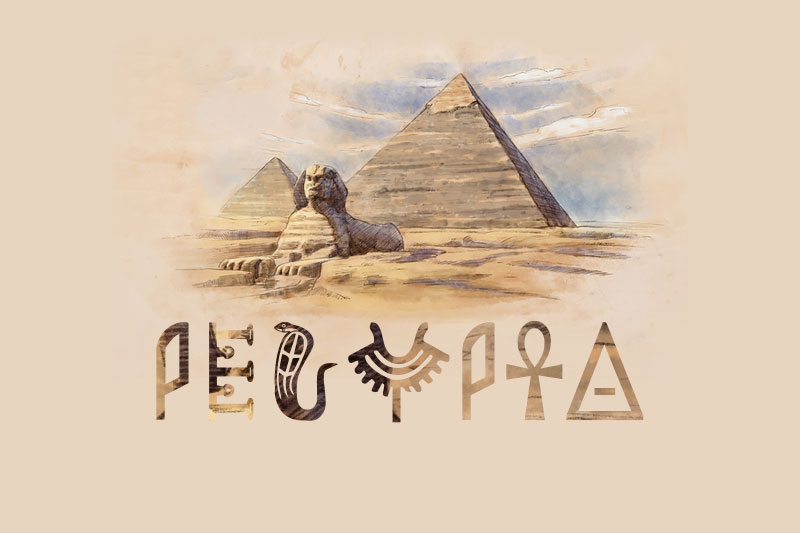
For example, Linotype's Legibility Group, in which most newspapers were printed during much of the twentieth century, were based on the "Ionic" or "Clarendon" style adapted for continuous body text. īecause of the clear, bold nature of the large serifs, designs with some slab serif characteristics are also often used for small print, for example in printing with typewriters and on newsprint paper. The term 'slab-serif' itself is relatively recent, possibly twentieth-century.

A lighter style of slab serif with a single width of strokes was called 'engravers face' since it resembled the monoline structure of metal engravings. The term Egyptian was adopted by French and German foundries, where it became Egyptienne.

Historian James Mosley has shown that the first typefaces and letters called 'Egyptian' were apparently all sans-serifs. While there was no relationship between Egyptian writing systems and slab serif types, either shrewd marketing or honest confusion led to slab serifs often being called Egyptians. Multicolored woodblock printed wallpaper could make a dining room in Edinburgh or Chicago feel like Luxor. Suites of contemporary parlor furniture were produced resembling furniture found in tombs. įollowing Napoleon's Egyptian campaign and dissemination of images and descriptions via publications like Description de l'Égypte (1809) an intense cultural fascination with all things Egyptian followed. has published a large collection of digitisations inspired by nineteenth-century wood type. Notable collections of original wood type are held by the Hamilton in Wisconsin and the University of Texas at Austin, collected by Rob Roy Kelly, writer of a well-known book on American poster types. Slab serifs declined following the growing popularity of sans-serif faces, with which they always competed. Writing in 1825, the printer Thomas Curson Hansard wrote with amusement that slab-serif and other such display types were 'the outrageous kind of face only adapted for placards, posting-bills, invitations to the wheel of Fortune.Fashion and Fancy commonly frolic from one extreme to another.' Slab-serif type was perhaps first introduced by London typefounder Vincent Figgins under the name "Antique", appearing in a type-specimen dated 1815 (but probably issued in 1817). The first known example of a slab-serif letterform is woodblock lettering on an 1810 lottery advertisement from London. Some of the type designs appearing around this time may be based on signpainting and architectural lettering traditions, or vice versa. Others had completely new structures: sans-serif letters, based on classical antiquity, and reverse-contrast letterforms. Some were developments of designs of the previous fifty years: ultra-bold types known as " fat faces", which were related to " Didone" text faces of the period but much bolder. Poster-size types began to be developed that were not merely magnified forms of book type, but very different and bolder. Slab serif lettering and typefaces appeared rapidly in the early nineteenth century, having little in common with previous letterforms.Īs the printing of advertising material began to expand in the early nineteenth century, new and notionally more attention-grabbing letterforms became popular. History Ī sample of the typeface Courier, a slab serif face based on strike-on typewriting faces. Slab serif fonts were also often used in typewriters, most famously Courier, and this tradition has meant many monospaced text fonts intended for computer and programming use are slab serif designs.

Some fonts oriented towards small print use and printing on poor-quality newsprint paper may have slab serifs to increase legibility, while their other features are closer to conventional book type fonts. These designs may have bracketed serifs which increase width along their length before merging with the main strokes of the letters, while on geometrics the serifs have a constant width.ĭisplay-oriented slab serifs are often extremely bold, intended to grab the reader's attention on a poster, while slab serifs oriented towards legibility at small sizes show less extreme characteristics.

Others such as those of the Clarendon genre have a structure more like most other serif fonts, though with larger and more obvious serifs. Some such as Memphis and Rockwell have a geometric design with minimal variation in stroke width: they are sometimes described as sans-serif fonts with added serifs. Slab serifs form a large and varied genre. Slab serifs were introduced in the early nineteenth century. Serif terminals may be either blunt and angular ( Rockwell), or rounded ( Courier). In typography, a slab serif (also called mechanistic, square serif, antique or Egyptian) typeface is a type of serif typeface characterized by thick, block-like serifs. Some headings and the lower passage are in Didone type, but much body text is slab serif. Slab-serif type on the heading of a Chartist poster, 1848.


 0 kommentar(er)
0 kommentar(er)
